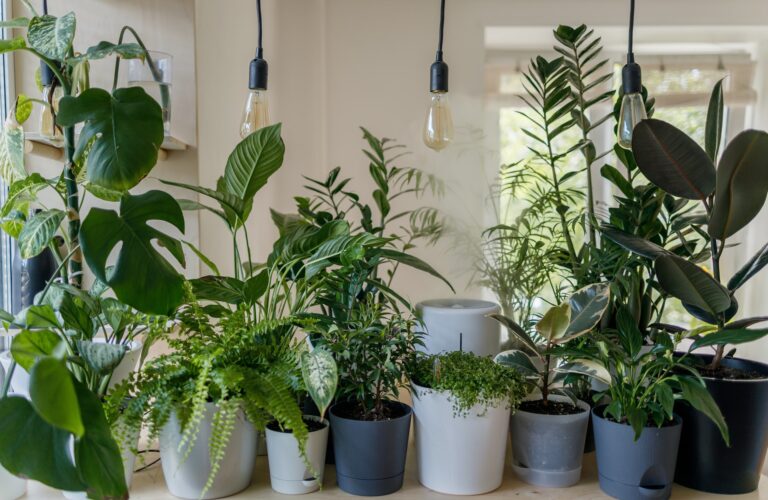The Benefits Of Reading A Book
There’s no better time to snuggle up next to a fireplace and pick up a favorite book or one that’s been on your radar for a while than winter. For many, reading a book is one of life’s greatest comforts, but it can also be an escape from the turbulence of everyday life. From loneliness and stress to relationship issues, today we’re exploring how reading impacts our mental health and well-being.
A 2013 study conducted by the Clinical Psychology & Psychotherapy journal found that patients with mild depression saw improvements in mood, behavior and other depressive symptoms after reading. Another study published by The New School for Social Research discovered that those who read a fiction book experienced an improved Theory of Mind, which is our ability to empathize and understand others’ views and beliefs.
Because of the wealth of benefits that comes with reading, bibliotherapy – a therapeutic approach using books and other forms of literature – is becoming progressively utilized. Dr. Paula Byrne, an author and founder of ReLit, is one of many running workshops in schools, prisons and halfway houses.
Byrne states that bibliotherapy isn’t meant to replace medicine; instead, it’s used to complement it. Literature has the power to transport the reader to different places. It can relax, calm, excite or humor them. And while self-help books, relatable non-fiction and mood-boosting fiction books all make for amazing options, Byrnes finds that poetry does wonders for entering a different headspace.
The bottom line is that reading contributes to a vibrant life. And the best part about it is that there’s a book for everyone. Explore our book recommendations and essential Chicago book list, or visit your local library or bookstore to discover something new today!








